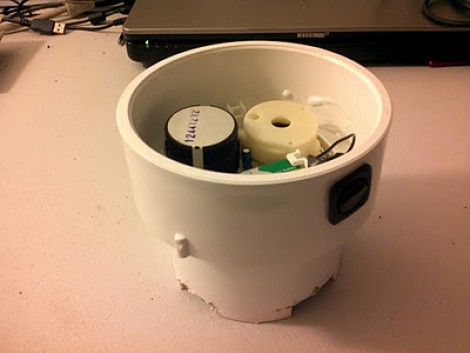Within the past two months we’ve covered two separate incidents of 3D printing-related fires. One was caused by an ill-advised attempt to smooth a print with acetone heated over an open flame, while the other was investigated by fire officials and found to have been caused by overuse of hairspray to stick prints to the printer bed. The former was potentially lethal but ended with no more than a good scare and a winning clip for “Hacking’s Funniest Home Videos”; the latter tragically claimed the life of a 17-year old lad with a lot of promise.
In light of these incidents, we here at Hackaday thought it would be a good idea to review some of the basics of fire safety as they relate to the home shop. Nowhere was this need made clearer than in the comments section on the post covering the fatal fire. There was fierce debate about the cause of the fire and the potential negative effect it might have on the 3D-printing community, with comments ranging from measured and thoughtful to appallingly callous. But it was a comment by a user named [Scuffles] that sealed the deal:
“My moment of reflection is that it’s well past time I invest in a fire extinguisher for my workstation. Cause right now my fire plan pretty much consists of shouting obscenities at the blaze and hoping it goes out on its own.”
Let’s try to come up with a better plan for [Scuffles] and for everyone else. We’ll cover the basics: avoidance, detection, control, and escape.
Continue reading “Hack Safely: Fire Safety In The Home Shop”
















